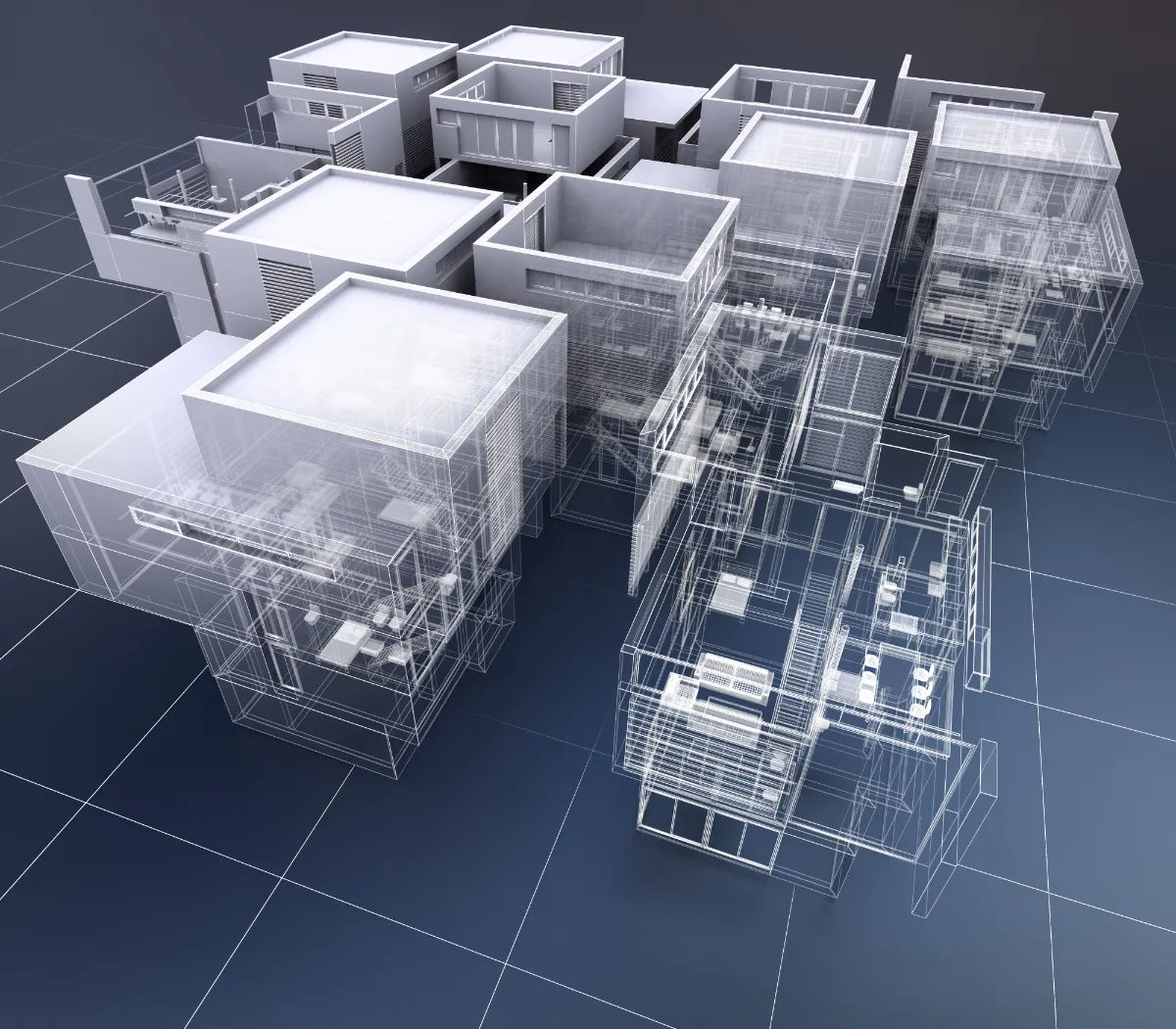The world of engineering continues to evolve at an astonishing pace, with new advances and technologies constantly emerging. One such development that has revolutionized the field is the integration of Building Information Modeling (BIM) and Geographic Information Systems (GIS). This powerful combination has been proven to take engineering projects to new heights, providing a wide range of benefits and opportunities. In this article, we will explore how the integration of BIM and GIS can enhance engineering projects and unlock their true potential.
Taking Engineering to the Next Level with BIM and GIS
When it comes to engineering projects, success requires attention to detail, efficient communication, and precise coordination. BIM, a digital representation of the physical and functional characteristics of a project, allows engineers to visualize and virtually construct their designs. By integrating GIS, which captures, manages, and analyzes geographic data, engineers gain access to valuable spatial information. This combination enables a more comprehensive understanding of the project’s context, enhancing the entire engineering process.
The integration of BIM and GIS brings numerous advantages to engineering projects. For example, the ability to overlay BIM models onto real-world geographical data allows engineers to assess design feasibility more accurately. They can analyze the impact of topography, environmental conditions, and infrastructure networks, enabling them to make informed decisions during the early stages of a project.

Furthermore, the integration of BIM and GIS enhances collaboration and decision-making among project stakeholders. By visualizing the design in a spatial context, engineers can communicate their ideas more effectively, ensuring that everyone involved has a clear understanding of the project’s requirements and objectives. This collaborative approach leads to improved coordination, reduced conflicts, and enhanced project outcomes.
Moreover, the integration of BIM and GIS enables engineers to optimize resource allocation and project scheduling. By analyzing the spatial data captured by GIS, engineers can identify potential bottlenecks, optimize construction sequences, and allocate resources efficiently. This not only improves project efficiency but also helps minimize costs and delays.
In addition, the use of BIM and GIS allows engineers to conduct detailed simulations and analyses. By incorporating real-world data into their models, engineers can simulate various scenarios and assess the impact of design choices on the project’s performance. For example, they can simulate the behavior of a building under different environmental conditions or evaluate the efficiency of a transportation network. These simulations provide valuable insights and enable engineers to make data-driven decisions that result in better project outcomes.
Furthermore, the integration of BIM and GIS facilitates the management and maintenance of engineering projects throughout their lifecycle. By linking BIM models with GIS data, engineers can create a digital twin of the project, which serves as a comprehensive and up-to-date repository of information. This digital twin can be used for asset management, facility maintenance, and future planning, ensuring that the project remains efficient and sustainable in the long run.
In conclusion, the integration of BIM and GIS revolutionizes the way engineering projects are planned, designed, and executed. By combining the power of digital representation and spatial analysis, engineers can gain a deeper understanding of the project’s context, collaborate more effectively, optimize resource allocation, conduct detailed simulations, and facilitate project management. This integration not only enhances the engineering process but also leads to improved project outcomes, ultimately taking engineering projects to the next level.
Utilizing BIM and GIS to Enhance Engineering Projects
The benefits of integrating BIM and GIS go beyond improved communication and coordination. The combination of these technologies also offers significant advantages in project management and efficiency.
By linking BIM models with GIS data, engineers can streamline project workflows and automate various processes. For instance, with the integration of asset management systems, engineers can seamlessly track the life cycle of infrastructure components, including maintenance schedules and replacement needs. This real-time information not only optimizes maintenance processes but also ensures the longevity and sustainability of the project.
Additionally, by utilizing GIS data in conjunction with BIM, engineers can perform advanced analysis and simulation. They can evaluate the environmental impact of a project, assess potential risks, and optimize resource allocation. This data-driven approach leads to more sustainable designs, reduced costs, and improved overall project performance.

Making Engineering Easier with BIM and GIS
One of the most significant challenges in engineering projects is managing vast amounts of complex and diverse data. BIM and GIS integration simplifies this task by providing a centralized platform for data storage, organization, and access.
With BIM and GIS, engineers can avoid data duplication, ensuring data integrity and reducing the risks of errors and inconsistencies. The integration of these technologies enables seamless data exchange and interoperability, allowing engineers to leverage the power of both BIM and GIS within a unified environment. This streamlined data management enhances efficiency, reduces time-consuming tasks, and enables engineers to focus more on their core responsibilities.
Furthermore, the integration of BIM and GIS supports effective project documentation and communication. By linking project-specific documents such as drawings, specifications, and reports to their corresponding BIM and GIS models, engineers can create a comprehensive knowledge base. This documentation not only facilitates project handover but also offers valuable insights for future maintenance and upgrades.
Exploring the Benefits of Combining BIM and GIS in Engineering Projects
The integration of BIM and GIS has transformed the way engineering projects are conceived, designed, and executed. The benefits are undeniable, and the potential for innovation and advancement is limitless.
In a recent survey conducted among engineering professionals, it was found that 84% of respondents believed that the integration of BIM and GIS led to improved project outcomes and reduced risks. Additionally, projects that utilized BIM and GIS showcased an average time savings of 23% and a cost reduction of 18% compared to traditional engineering approaches.
With the ever-increasing complexity of engineering projects, the integration of BIM and GIS is becoming an essential tool for engineers worldwide. This powerful combination enables engineers to make better-informed decisions, improves collaboration among stakeholders, enhances project management efficiency, and ensures sustainable and resilient designs.
As the engineering industry moves forward, embracing the integration of BIM and GIS is not just a choice; it is a necessity. By harnessing the power of these technologies, engineers can unlock the full potential of their projects and create a built environment that meets the demands of the modern world.


